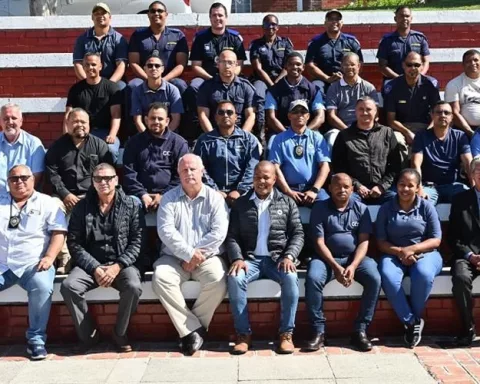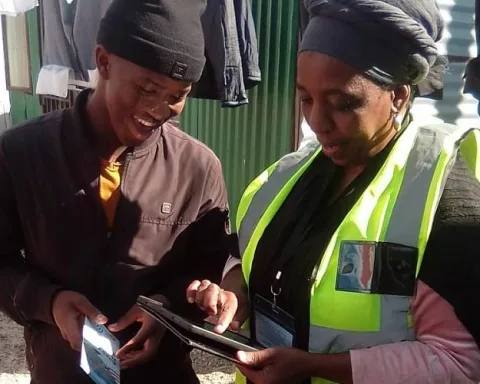At the Africa Climate Summit in Nairobi, Kenya, the urgent need to scale international climate finance for Africa was highlighted. A panel of esteemed ministers and financial advisors, led by Barbara Creecy, Minister of Forestry, Fisheries, and the Environment of South Africa, emphasized the importance of addressing the financing gap to build climate-resilient infrastructure in Africa.
Decline in Public Climate Finance
Despite the Paris Agreement’s commitment to developed countries’ support for developing nations, public climate finance has been dwindling in real terms. The target of mobilizing $100 billion per year by 2020 remains unfulfilled, with developed countries suggesting that it could happen later in 2023. The pledge to double adaptation finance by 2025 appears to be nominal.
Impact of Inadequate Infrastructure
The African Development Bank estimates an annual infrastructure financing requirement of $130-$170 billion, making it crucial for decision-makers to prioritize climate-resilient infrastructure investments. Failure to consider climate change impacts could lead to inadequate designs that could prove costly or impossible to modify in the future.
The Global Commission on Adaptation predicts that climate change could lead to a 2-4% annual loss in GDP for Africa by 2040. The Stern/Songwe High-Level Expert Report suggests loss and damage figures ranging from $150-$300 billion by 2030. These data highlight the enormity of climate change needs of developing countries and the inadequacy of current public climate finance flows.
New Financial Instruments
African countries require new non-debt financial instruments and favorable terms and conditions to address this financing gap. Local currency lending is crucial to supporting climate action in Africa, with recent efforts by the Green Climate Fund and the New Development Bank showing promise.
The need to address liquidity urgently for fiscally constrained African countries cannot be overstated. Measures must also be put in place to ensure that climate finance does not increase the debt burden of African and other developing countries. Grant and highly concessional finance can be deployed to buy down risks, create new asset classes for clean investments, and mobilize and leverage public and private finance.
South Africa’s Proposed Solutions
South Africa believes that new financial instruments, particularly non-debt instruments and policy-based guarantees, must be deployed to close the climate finance gap. These instruments should focus on taking on first-loss risks for investments in technologies that are not yet commercially available and bridge the gap to commercial project viability. They should also mitigate risks, finance first-of-its-kind projects, and support technical assistance work.
Advocacy for Review and Reform
During a meeting of African Ministers of Finance, Economy, and Environment in Cairo, Egypt, in September 2022, the ministers agreed to advocate for a climate change-focused review and reform of multilateral development banks and international financial institutions. This agreement included the need for meaningful debt refinancing, extending debt maturities, and affordable interest rates to support urgent climate-resilient investment. It also called for increasing the risk appetite of multilateral development banks and mandating capital increases.
African financial institutions are critical stakeholders in the global climate finance landscape and well-positioned to design solutions and mobilize private capital for climate action. By scaling up international climate finance, Africa can adapt its infrastructure and strengthen its resilience in the face of a changing climate.








